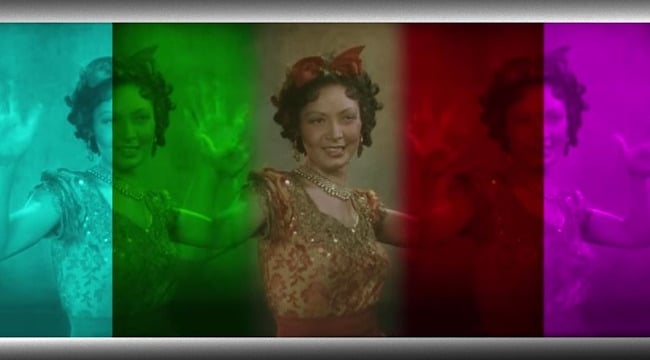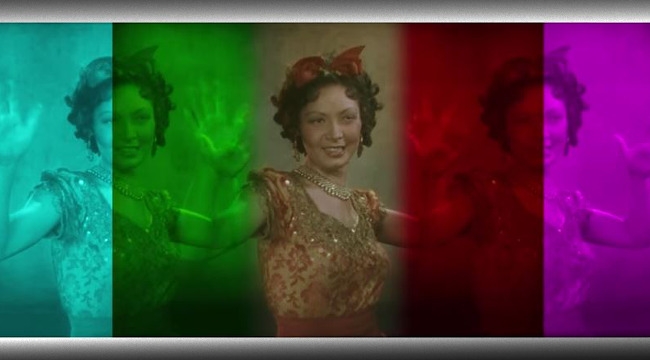
 Technicolor Dye Transfer Printing
Technicolor Dye Transfer Printing
Phil Rhodes shares a wonderful video on the now-defunct Technicolor process of dye transfer printing and fills us in on a bit of its history.
A long time ago, people recorded and displayed moving pictures using long strips of transparent plastic with sequences of pictures on them. Anyone old enough to remember that poorly-lit, dusty state of affairs (now of course of only historical interest) may still not be old enough to remember when the three complementary sets of information were actually physically printed onto a clear base. In all seriousness, Technicolor's dye-imbibition (that is, printing) process ran until the late 70s in the UK. From its inception five decades (yes, decades) earlier, the process produced such distinctive and characterful pictures that it was revived in the mid-90s in order to reissue some cinematic greats in their original format. To some extent, this article is a penance: your narrator was just barely still working as a projectionist when the dye-transfer print of Funny Girl came around and, on his watch, it fell apart in the projector. The memory of damaging, even by proxy, such an irreplaceable bit of cinematic memorabilia still provokes a notional shot of liquid nitrogen to the bloodstream.
Still. The brief, mid-90s revival aside, dye imbibition is a dead process, so it's particularly welcome to find that George Eastman House, the museum of photography and film, has released a video on the subject, with some quite in-depth information on how the machinery worked.
As we saw in the article on Dufaycolor, people had been trying, with mixed success, to come up with ways of both shooting and distributing colour motion pictures for a long time, arguably since the time of the magic lantern. Technicolor's Process Four, the grandfather of three-colour dye transfer, was a product, perhaps ironically, of the Great Depression. Despite the difficult times in which it was born, it went on to great things, but the technological challenges of its birth were far from easily overcome. Getting a respectably sharp image by physically printing an image onto clear film was difficult. In some versions of the process, a photographic black-and-white image was used as a basis to increase apparent sharpness and contrast (much like a modern CMYK printing process). As the video makes clear, the actual process of printing the ink from one piece of film to another took a couple of minutes, so the required machinery was enormous. Keeping it adequately clean, consistent and viably reliable as a commercial process must have been, well, at least as difficult as modern negative processing and, as a practical matter, I suspect rather a lot more difficult than that.
Technicolor kept using dye-transfer long after three-strip acquisition, with its bulky cameras and general unwieldiness, went away with the availability of Eastmancolor in the mid-50s. Even so, as a print production process, on bulk runs it could be cheaper than the photographic negative and considerably more permanent, as the dyes could be chosen for their optical qualities, whereas colour film must produce its dyes from a complex series of chemical reactions, massively reducing flexibility (the problems created by this inflexibility are one of the reasons colour negative film has a powerful orange colour). The museum's video discusses all of this and includes images of original Technicolor hardware, including the machinery used to apply physical pressure to the layers of film as part of the actual transfer process. The fact that we've lost the ability to make dye transfer prints is a huge pity. If there's a difference between digital projection and film projection in terms of colour saturation and contrast, there is at least that much difference again between that and Technicolor's seminal dye transfer process.
Tags: Technology


Comments